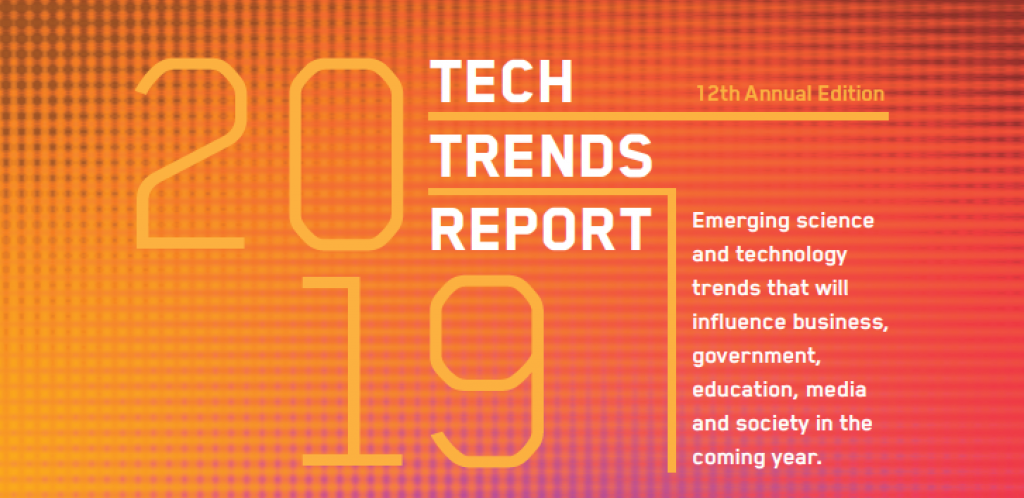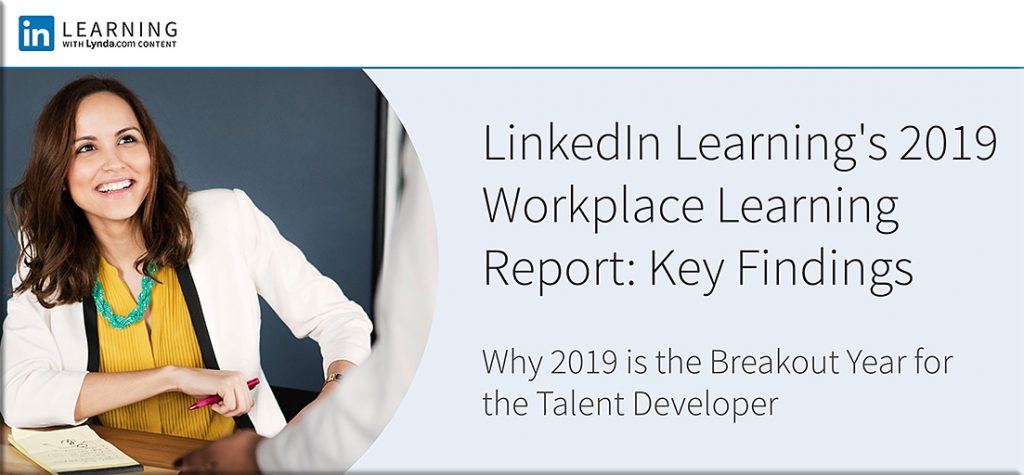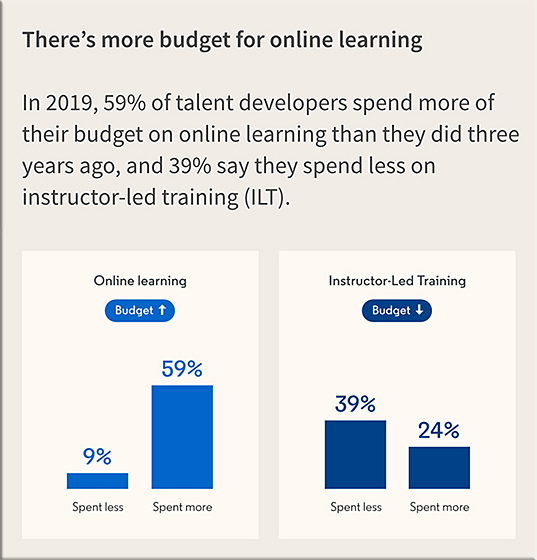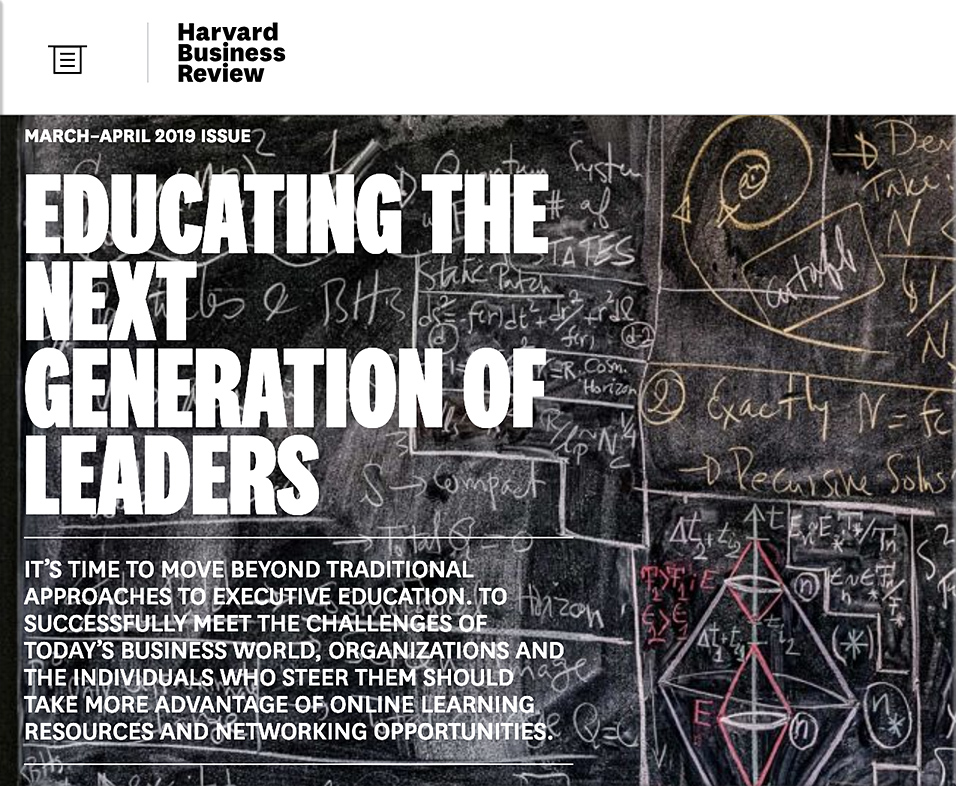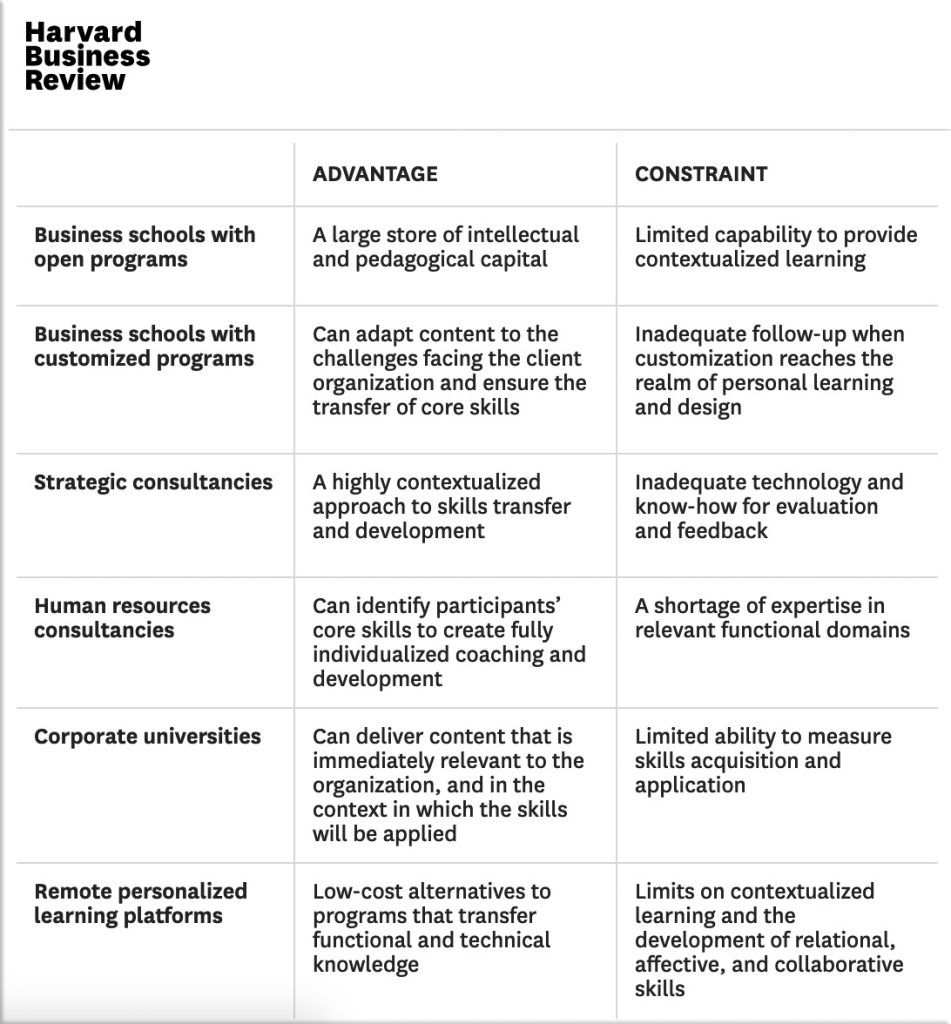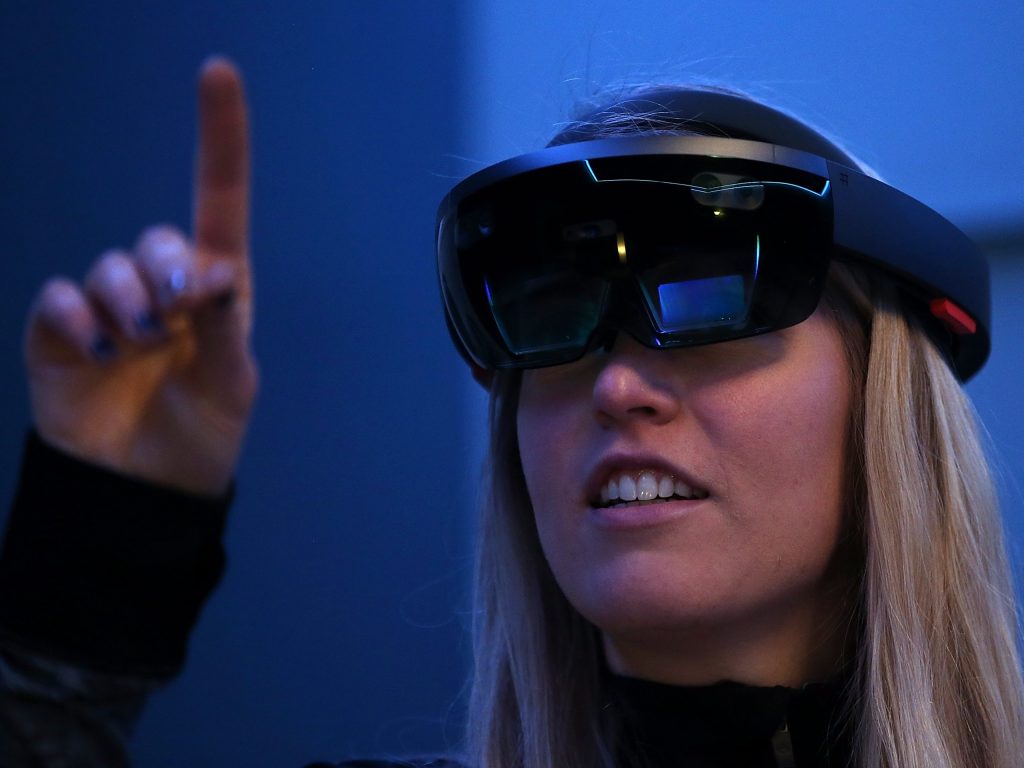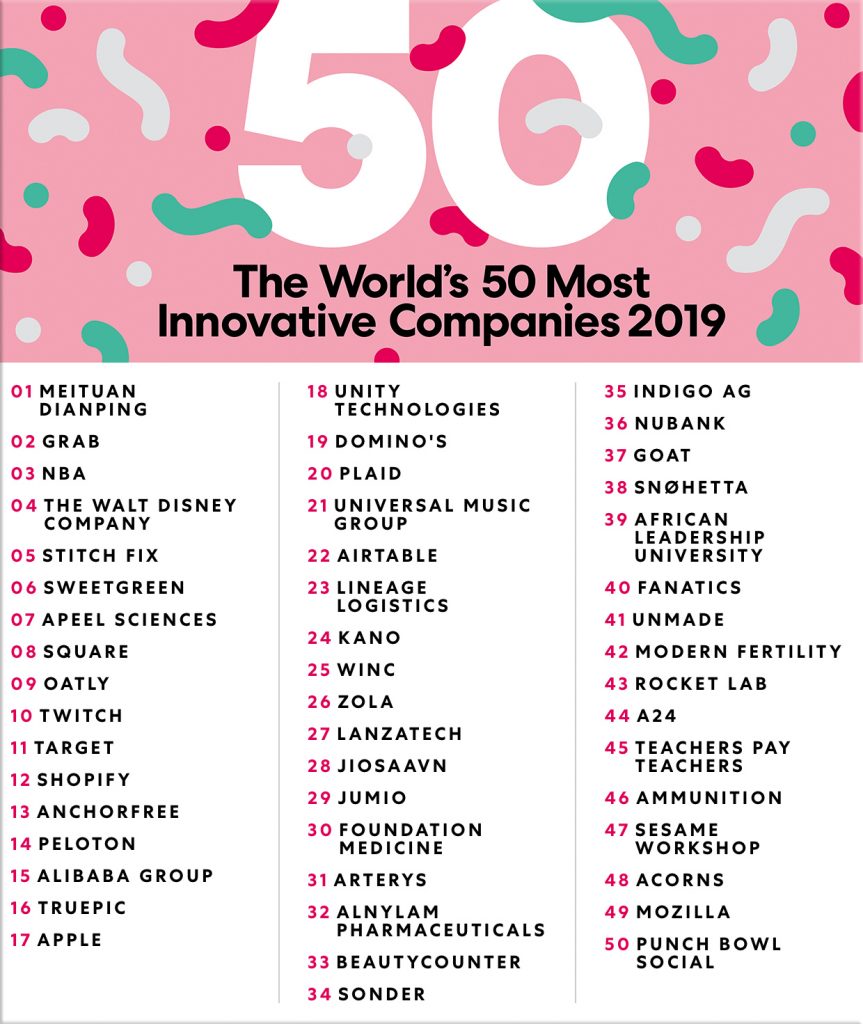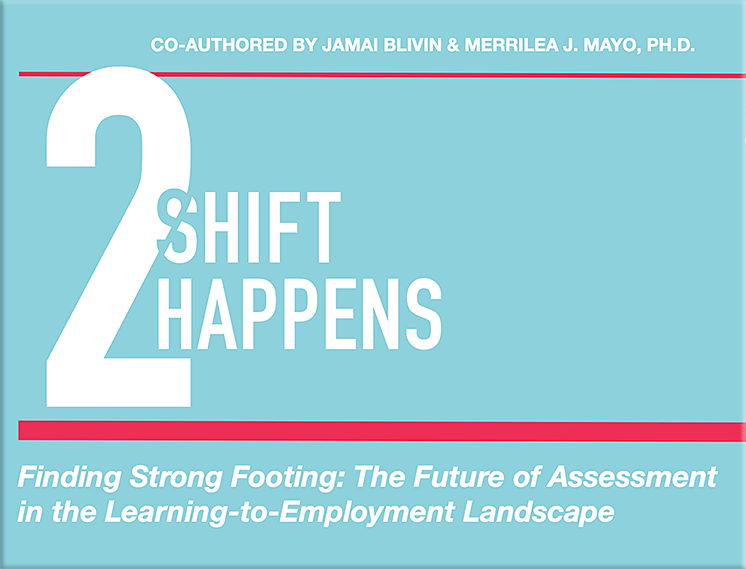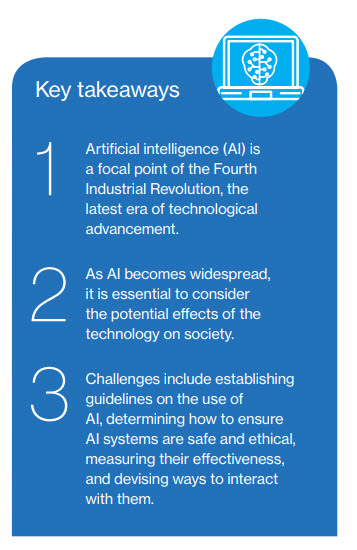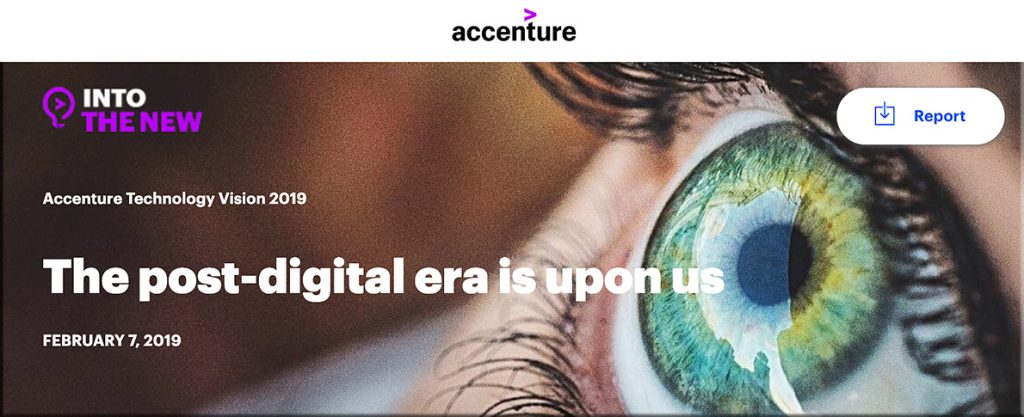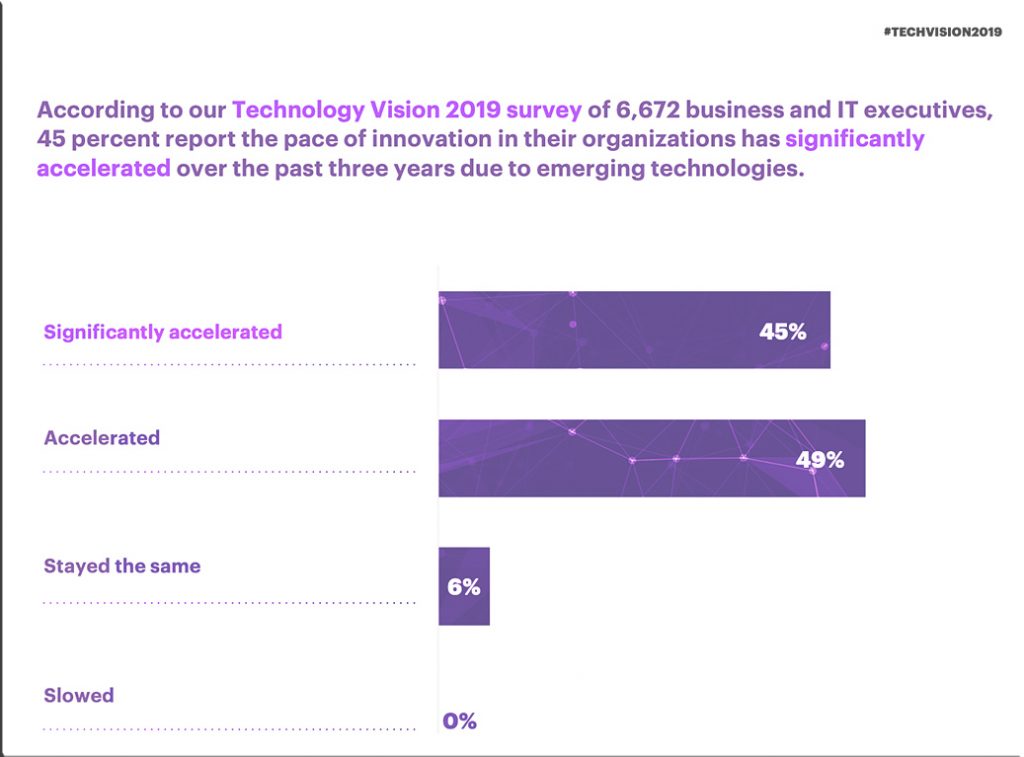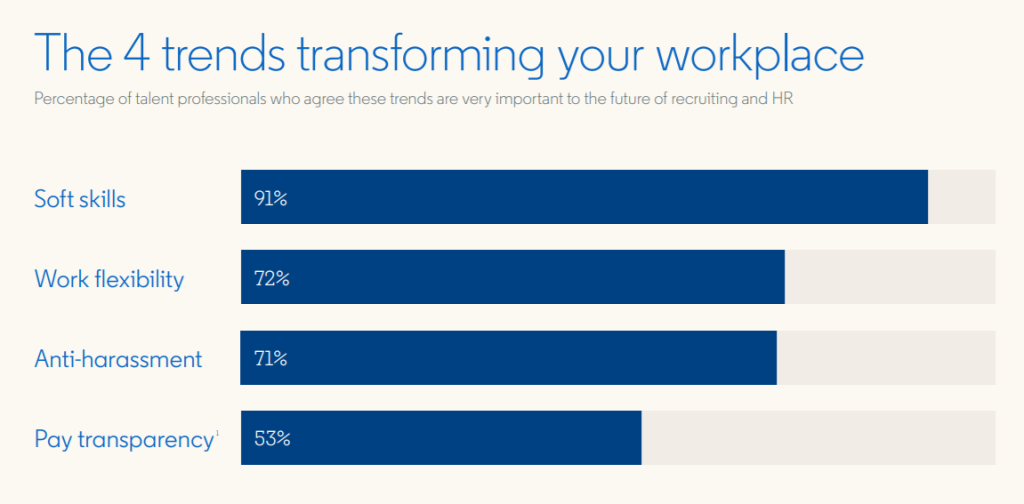Columbus 2020: How this city in Ohio is shaping the future of jobs and preparing the next generation — from thefutureorganization.com by Jacob Morgan
Excerpt:
When asked who is responsible for retraining and upskilling the workers who are displaced to to job automation, Kenny said it should be a combined effort between the community, the major employers, and educational institutions. These major players need to have open and honest discussions to figure out how jobs are changing and what needs to be done to better equip people for the future of work.
Even though there is a large responsibility on the community, employers, and schools, that does not leave the individual employee off the hook. “The need, the velocity of which continued education is going to be required for you to be a competitive employee in the future is going to require a lot of responsibility. So you’re going to be responsible for raising your hand and saying, “I want that training. I’m willing to make a little bit of a time sacrifice to learn that skill to evolve as technologies evolve and continue my career. People that are willing to do that are going to have tremendous opportunity, maybe even greater opportunity than we’ve ever seen before. But those that are unwilling to do that or perhaps don’t have the insight and aren’t given the roadmap around that are going to have a difficult time.”









